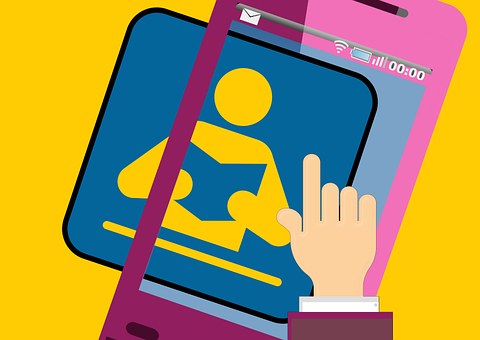From white papers, blogs and guest articles, to case studies, analyst research and product reviews, B2B technology marketing is dedicated to the creation and dissemination of huge swathes of content. Yet despite it all, 80% of IT decision makers say it’s a challenge finding information that’s actually useful, according to a survey report by IDG Enterprise. Evidently our content marketing is misfiring and doesn’t show tech buyers the understanding and love they’re crying out for.
I took another look at some of the findings of the IDG study –The Customer Engagement Study of IT decision makers – to pick out five useful bits of advice on where content marketing efforts might be going wrong (and how to woo back B2B IT buyers):
1. You’re not tailoring enough of your content
Nothing shows someone you value them more than doing something just for them. Which probably explains why 92% of decision makers questioned by IDG Enterprise said they wanted content that was tailored to fit their own specific challenges and requirements. You might consider whether it’s helpful to tailor your content for important vertical industries, for example. Or for particular hardware or software platforms (are you targeting IBM mainframe shops, Microsoft Windows users or SAP customers for instance?). Or you might create material to address the responsibilities or concerns of important decision makers such as the Chief Security Officer, Finance Director or Chief Data Officer if they are important to the purchase decision. According to the study, buyers in education, financial services and healthcare expressed the greatest need and desire for industry tailored content.
2. You don’t map your content to the buyer decision journey
We all crave for someone to understand and support us – and tech buyers are no different apparently. They want content “to change and follow them through the decision-making process”. In other words, you need to recognise and address their information needs at each stage in the buying cycle. While this cycle will vary between sectors and companies, IDG’s report breaks out six stages, each with slightly different content requirements (see underneath). You need to spend some ‘quality time’ getting to know the buyer journey and to work out the points at which you might need to beef-up the content you are delivering.
* Determine business needs (feature articles about trends, strategies management; tech news, analyst research etc);
* Determine technical requirements (How-to content; reviews; case studies)
* Evaluate products & services (product reviews; product lit; product demos, independent benchmarking studies; analyst research)
* Recommend & Select vendors (product reviews, product demos; vendor presentations)
* Sell internally (ROI tool calculator, total cost of ownership reports, analyst research, case studies)
* Approve & authorise purchase (ROI tool calculator, total cost of ownership reports, analyst research, case studies)
3. You’re forgetting how ‘shareable’ emails can be!
Most people will pay more attention to content that’s shared with them by their peers – and nearly half of the tech buyers IDG questioned said they forward useful content to colleagues. Surprisingly, while email is viewed as being a bit tired and ‘old hat’ these days, it’s actually very important for making B2B tech content shareable. 82% of the sample said they share direct emails they receive – with 67% sharing email newsletters. Sharing on social channels was less popular, with 26% admitting they regularly share content on LinkedIn, 15% on Facebook, and 12% on Twitter.
4. You’re following up by phone too much
Sometimes you need to give people space to make their own decisions – and that includes not inundating them with calls. Worries about getting unsolicited sales calls was cited by more than a third of IT buyers as a reason for not registering for content downloads. 55% proclaim it is ‘never acceptable’ to follow up a content download or webcast registration by phone. Here again email comes to the rescue: 43% said they’re comfortable receiving follow-up by email, as long as it’s not too frequent.
5. You’re still too ‘salesy’
If you want to win someone’s trust, first be genuine and honest about yourself – which, unfortunately, is something tech marketers sometimes fall down on according to the research. The two most frequently quoted reasons why IT buyers don’t trust marketing content are too much marketing hype/empty buzzwords (51%) and lack of truly independent unbiased info (50%). You need to stick to credible, realistic factual information if you want your targets to pay attention. Enough said.